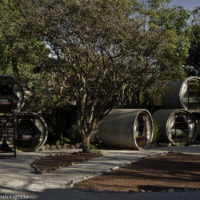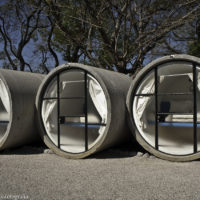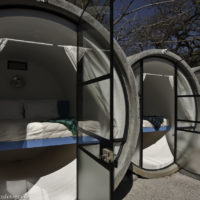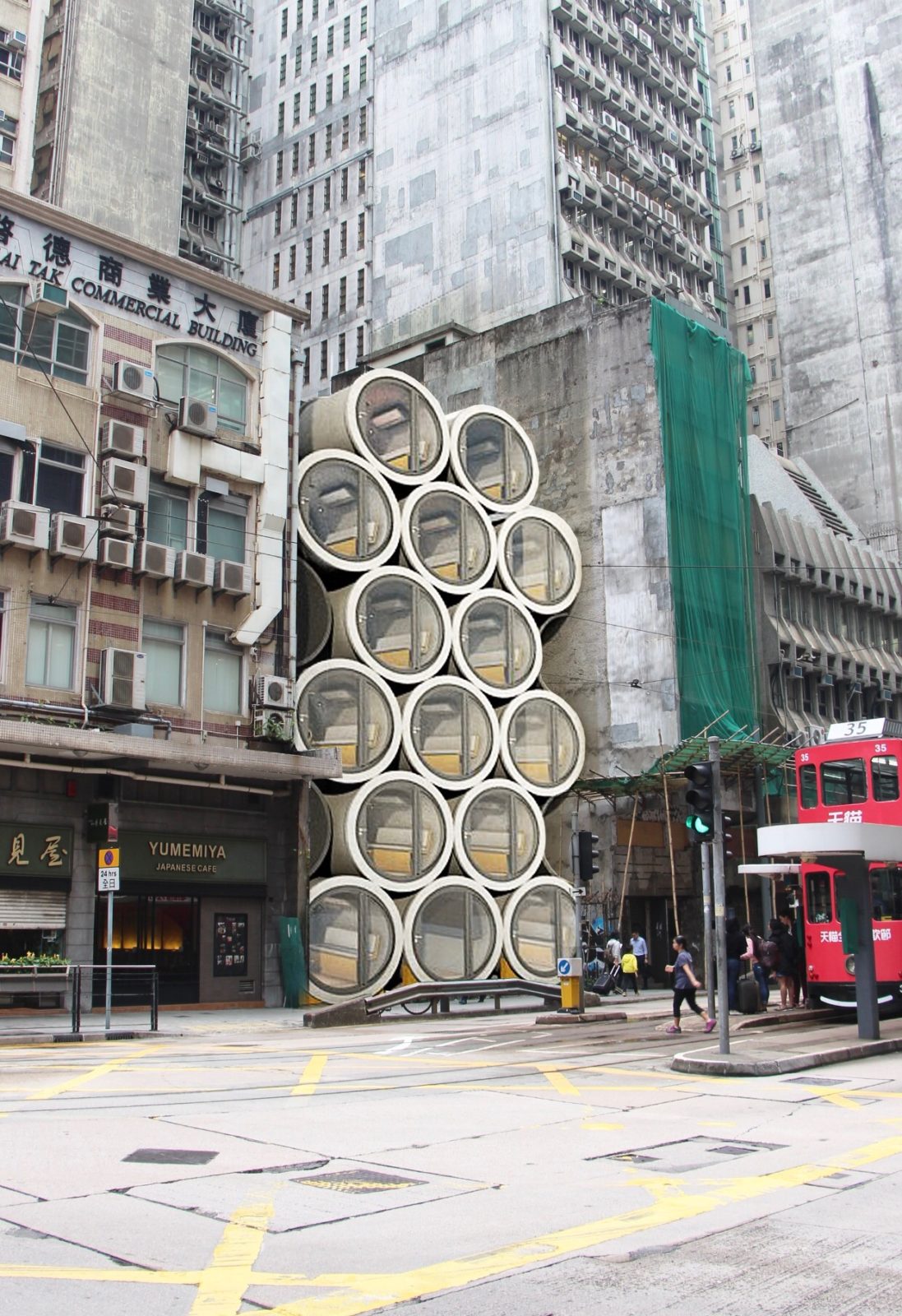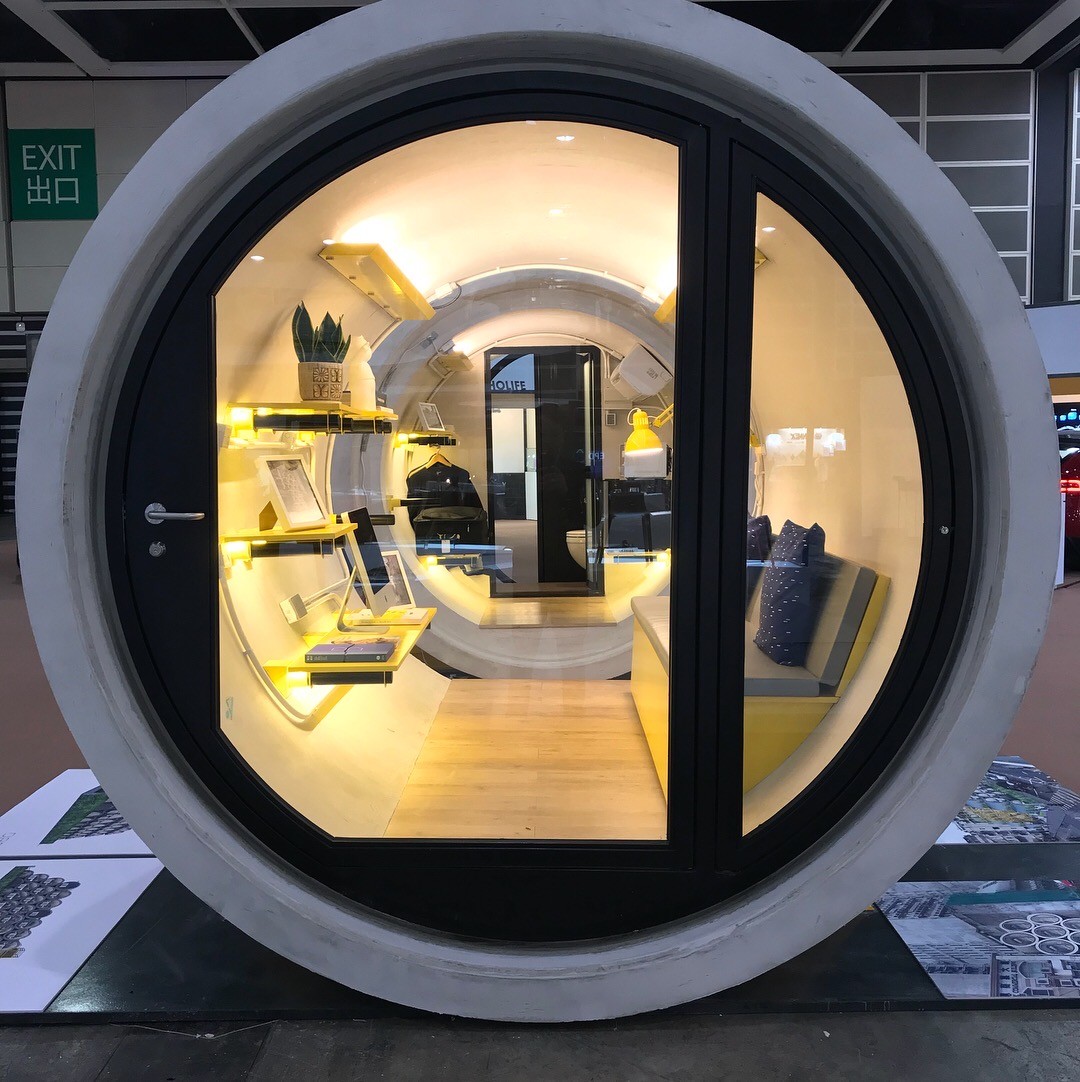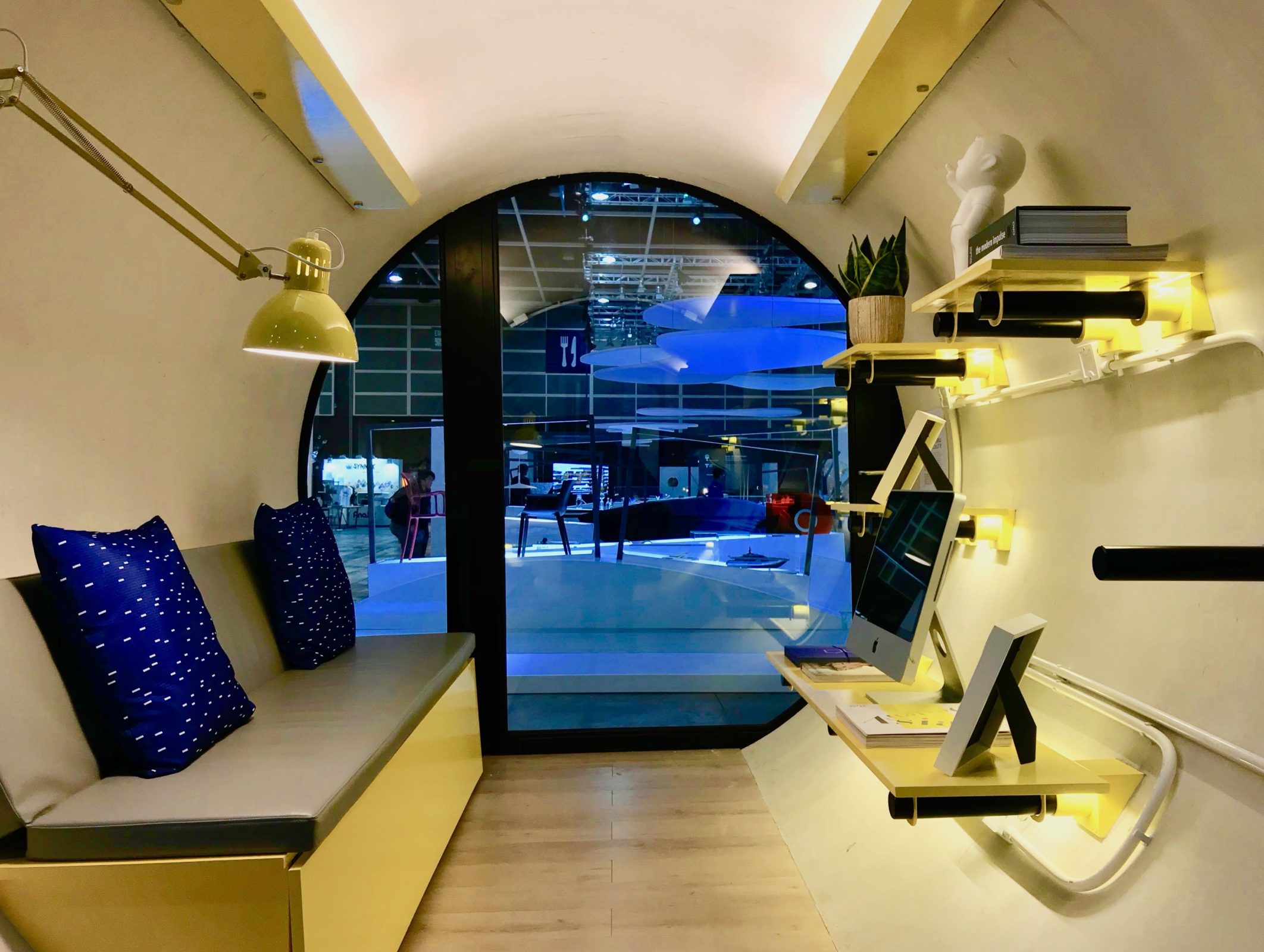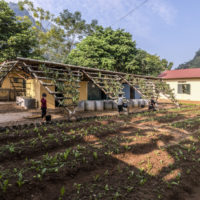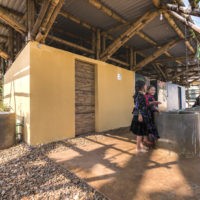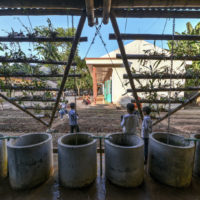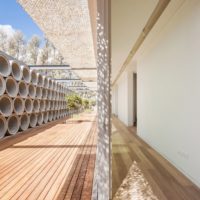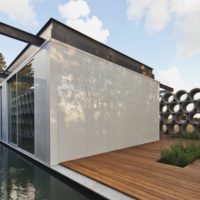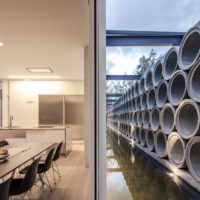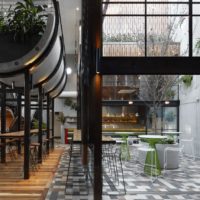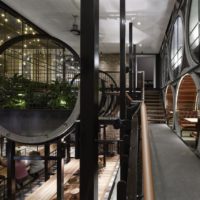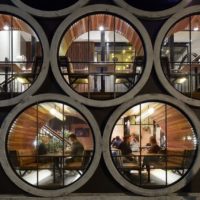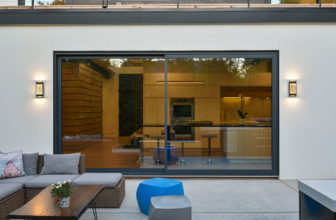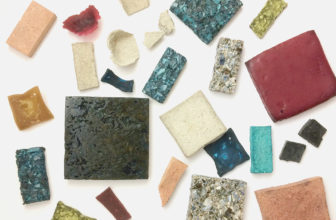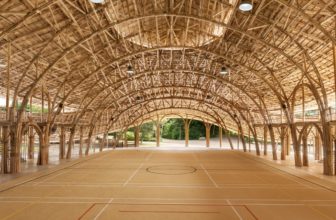Using recycled materials in the construction field is being encouraged in our day as several environmental crises are rising—there is a variety of innovative low-income materials that can be recycled into building materials to save the world! Today, we are adding to the list recycled concrete pipes.
There is a whole world of systems operating beyond our eyes: Urban infrastructure is an essential component that serves almost every urban process out there. All sorts of pipes and wires made from various materials are the connectors of these infrastructure systems.
Unfortunately, and like any other part of the built environment, these systems get to their end-of-life phase after depleting materials and consuming energy—especially concrete pipes, as concrete is a material of high environmental impact due to its cement content. However, eco-conscious architects do what they always do: make the best of what they have! Seeing the rising global crises and the general urge to consume less, recycling and reusing have changed the narrative and created another life after the end-of-life phase.
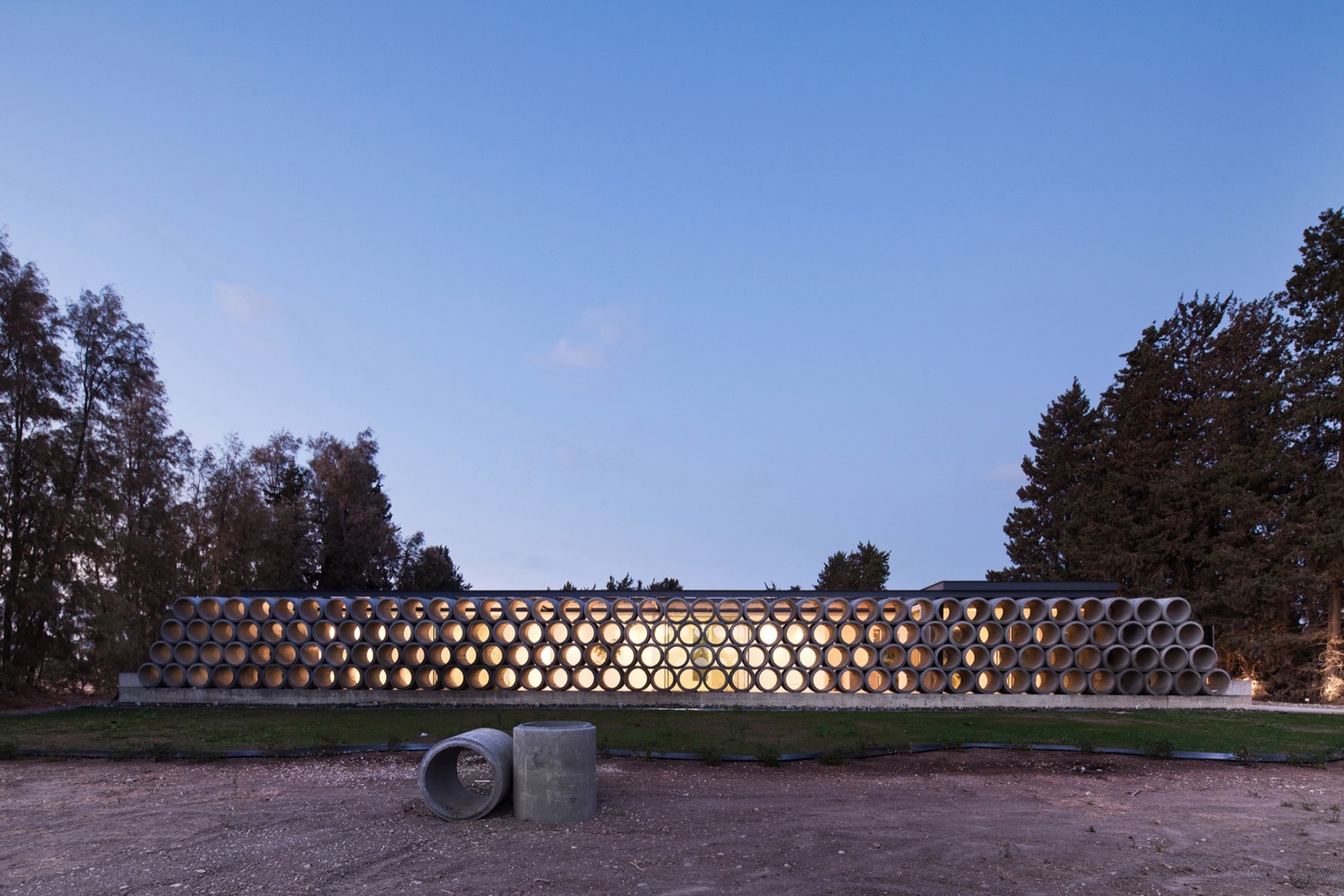
Courtesy of Creative Photo Room
The potential to use recycled concrete pipes goes back to their rigidness and ability to support heavy weights and structural loads—these tubes have been carrying the earth! Hence they can be incorporated into architecture in many forms. Reusing huge circular concrete pipes is not an easy job, but architects surely nailed it. Keep on reading and watch these five buildings made out of recycled concrete pipes!
What are concrete pipes called?
Concrete pipes are commonly called reinforced concrete pipes or concrete tubes.
5 Examples of Buildings Making Use of Recycled Concrete Pipes
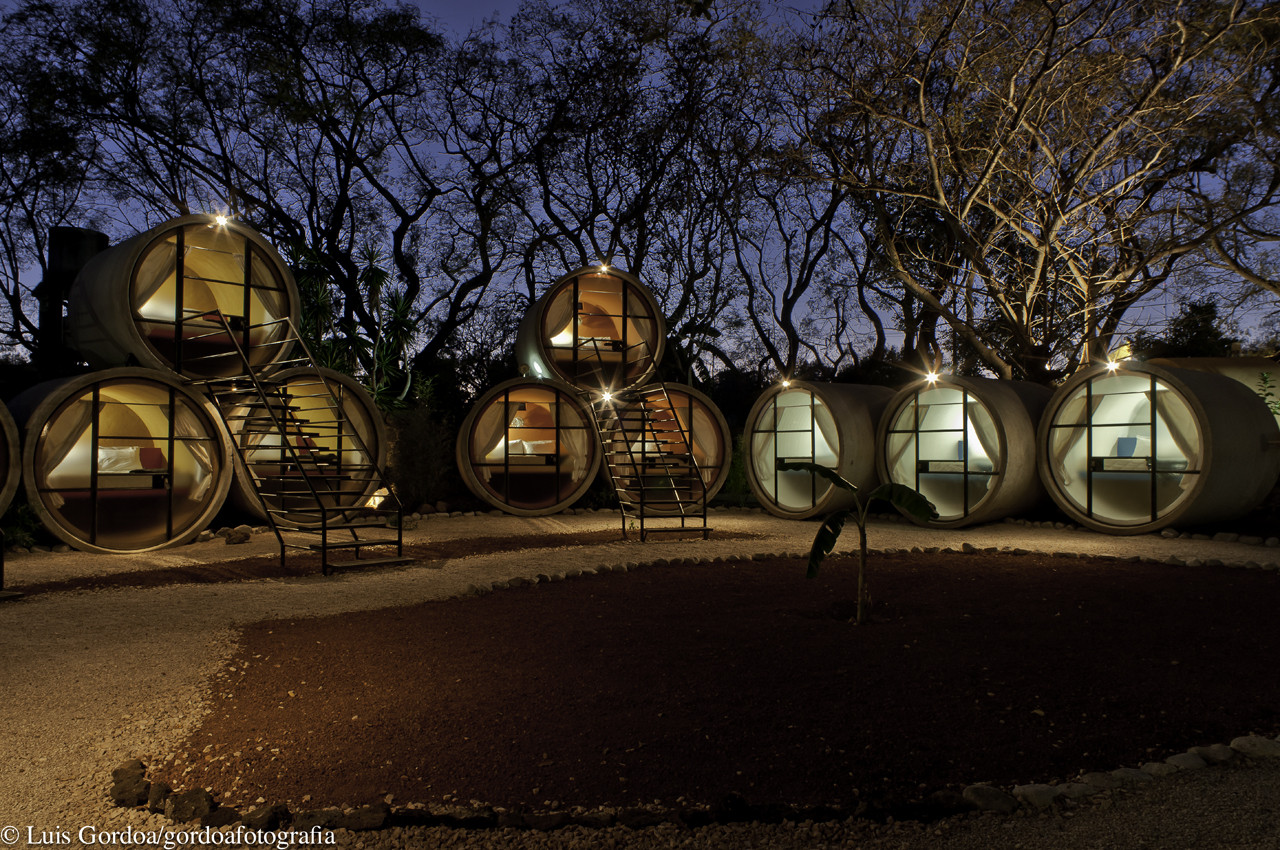
© Luis Gordoa
T3arc inspired their concept for TuboHotel by Andreas Strauss’ project Desparkhotel that recycled concrete pipes as hotel rooms—TuboHotel in Mexico follows the same approach. Each unit of the recycled concrete pipes houses a double bed supported by the walls of the pipe, enclosing the entrances by a metal and glass frame. The strength and durability of the concrete pipes allowed the architects to stack more than two units of pipes together, adding an external staircase to enable access to the upper units.
- © Luis Gordoa
- © Luis Gordoa
- © Luis Gordoa
-
OPod Tube House | James Law Cybertecture
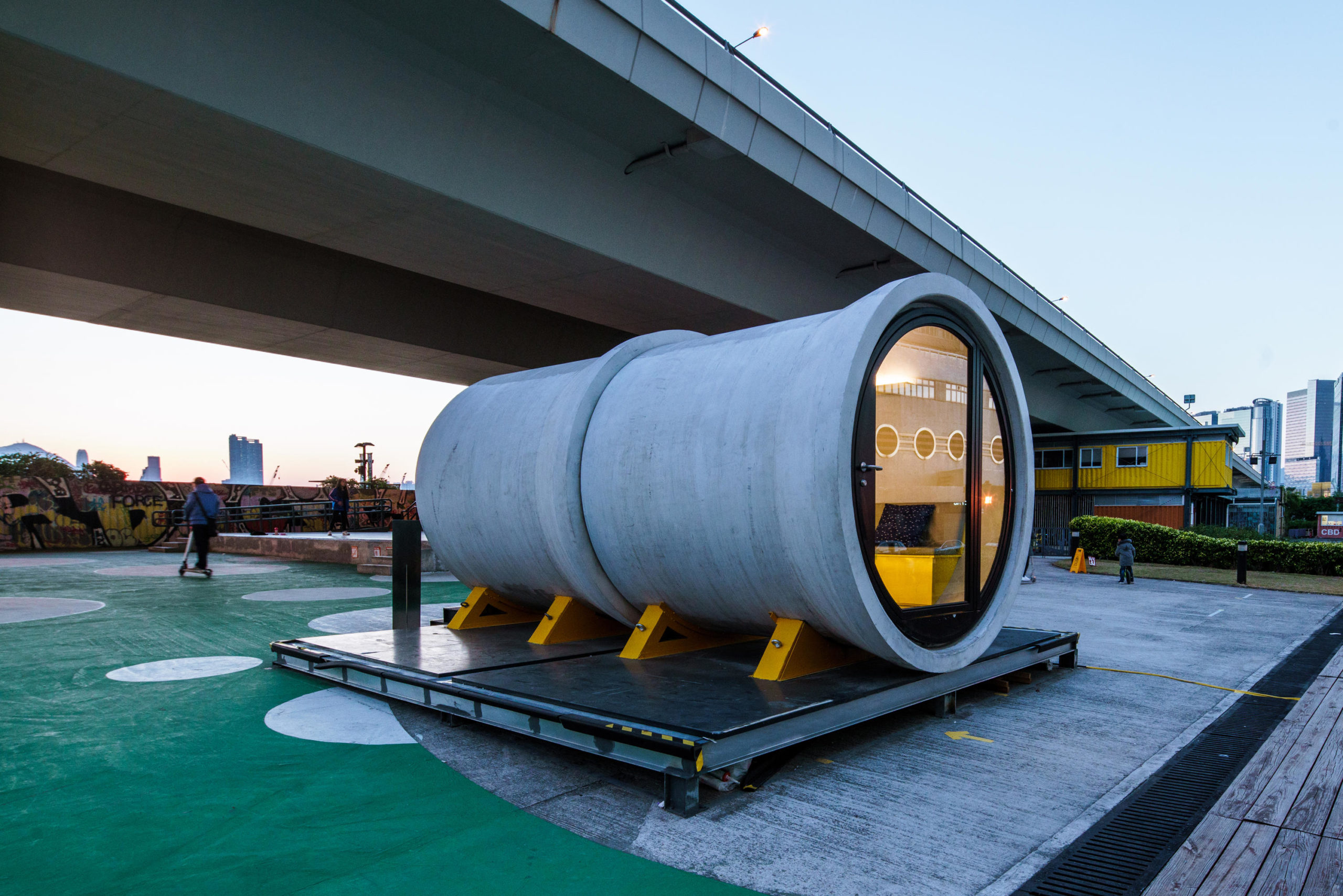
Photographer: James Law Cybertecture
The architects of James Law Cybertecture built this tube house to experiment with low-cost housing units and micro-dwelling. The OPod Tube House is built from a recycled concrete pipe of 2.5 meters diameter resulting in a 9.29 square meter apartment. The tiny apartment comprises a living room, kitchen, and bathroom and can house one or two people. The versatility of these recycled concrete pipes made the OPod Tube House for urgently needed or contemporary housing communities; as the concrete pipes can be stacked together to form a low-rise housing building in a very short time, and they can also be easily relocated to different places.
-
Toigetation 2 | H&P Architects
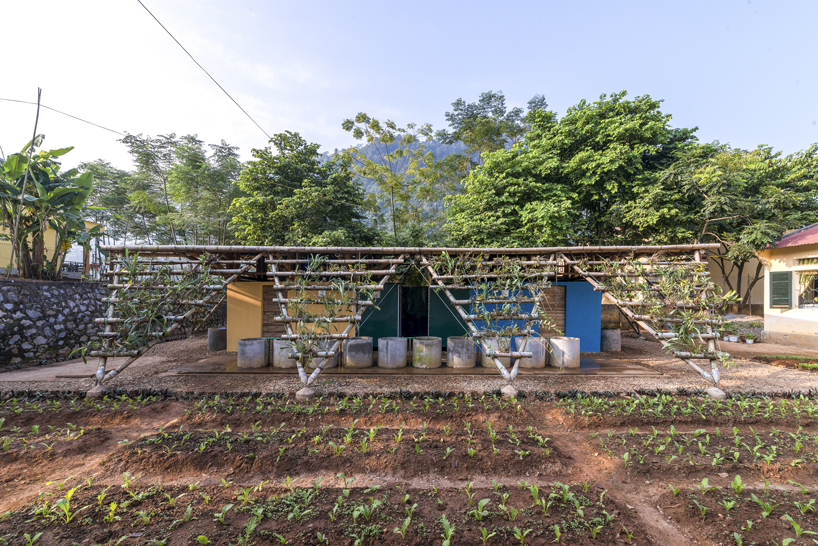
© Nguyen Tien Thanh
This is an upgraded version of the Toigetation 1 project in Son Lap School in Vietnam. The upgrade sees the number of sanitary equipment and accessories and follows a more holistic approach. This included “Lavabo Concrete”: utilizing sections of recycled concrete pipes as washing basins that suit the height of children.
- © Nguyen Tien Thanh
- © Nguyen Tien Thanh
- © Nguyen Tien Thanh
-
AB Residence | VARDAstudio
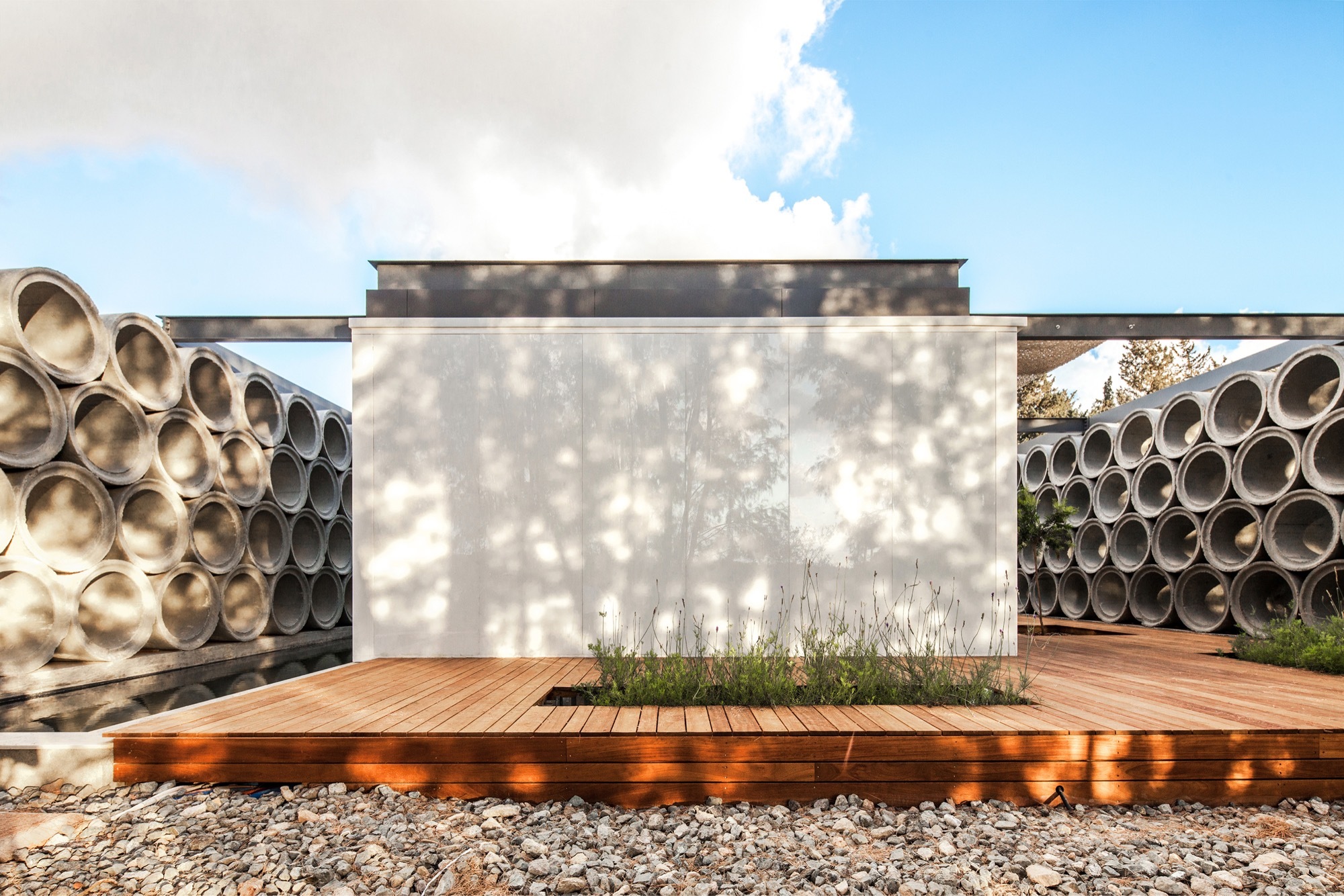
© Creative Photo Room
The concept of the AB Residence in Cyprus is driven by the two materials found near the house’s location: concrete pipes and metal sheets. The architects used these two materials to create two separate layers that envelope and protect the house. The external envelope comprises sections of stacked recycled concrete pipes along the north and south facades of the building. The heavy and durable features of the recycled concrete pipes provide additional sheltering from the solar gain and strong winds. Moreover, their aesthetic filters view from the house and add additional privacy.
- © Creative Photo Room
- © Creative Photo Room
- © Creative Photo Room
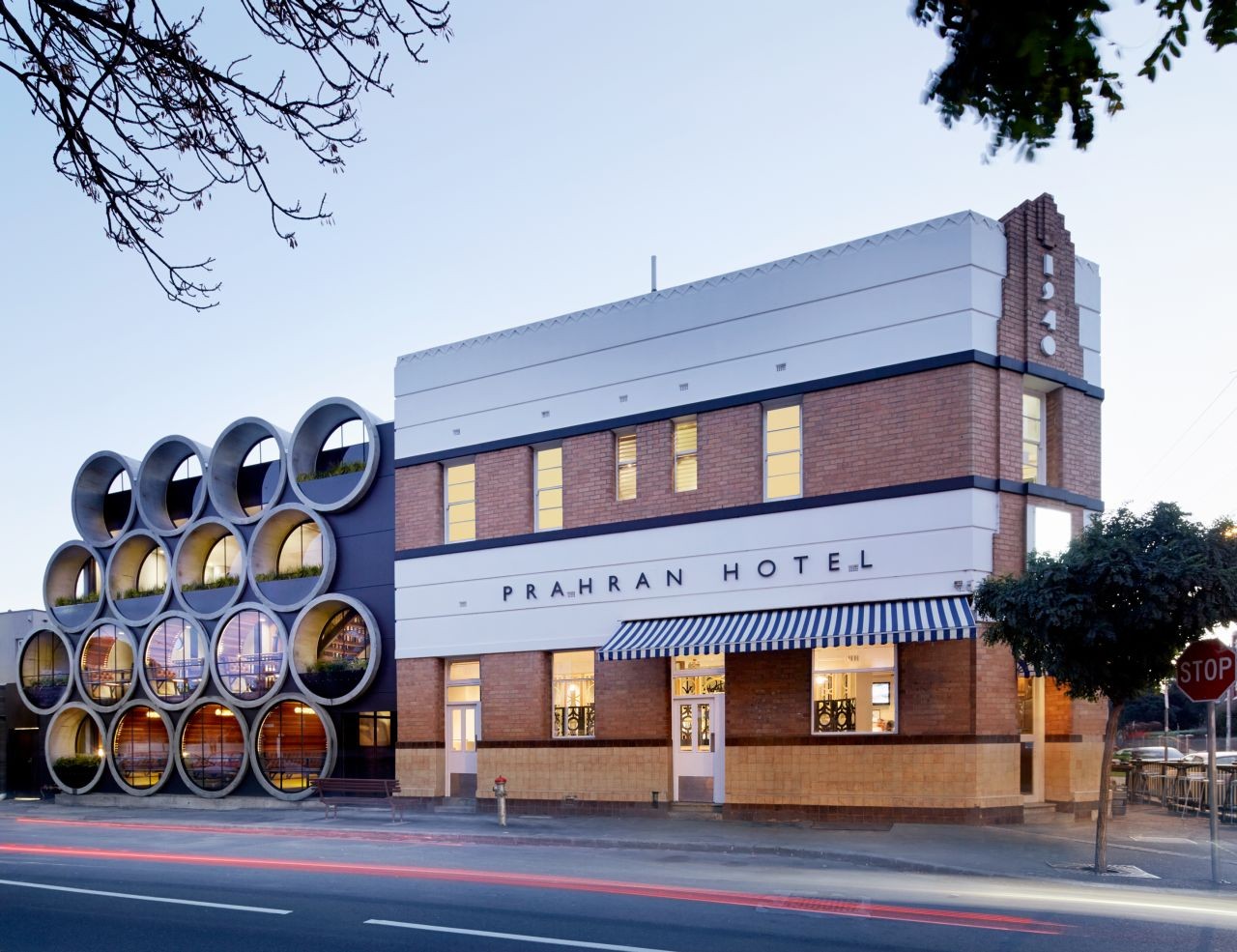
Courtesy of Peter Clarke
This pup and restaurant in Victoria, Australia is defined by the recycled concrete pipes on the facade. The concrete pipes here are not just decorative features, some of them are in fact cabins with benches and tables for people to dine. These “cabins” produce an interesting contrast between their closed character inside the concrete pipes (lined on the inside by wood), and, on the other hand, the fact that they are open on the sides, offering the people who are dining a view and a very particular relation with the outside street. Moreover, a half concrete pipe hangs over the central courtyard to separate two types of spaces: reserved spaces for eating and social spaces for drinking.
- Courtesy of Peter Clarke
- Courtesy of Peter Clarke
- Courtesy of Peter Clarke


